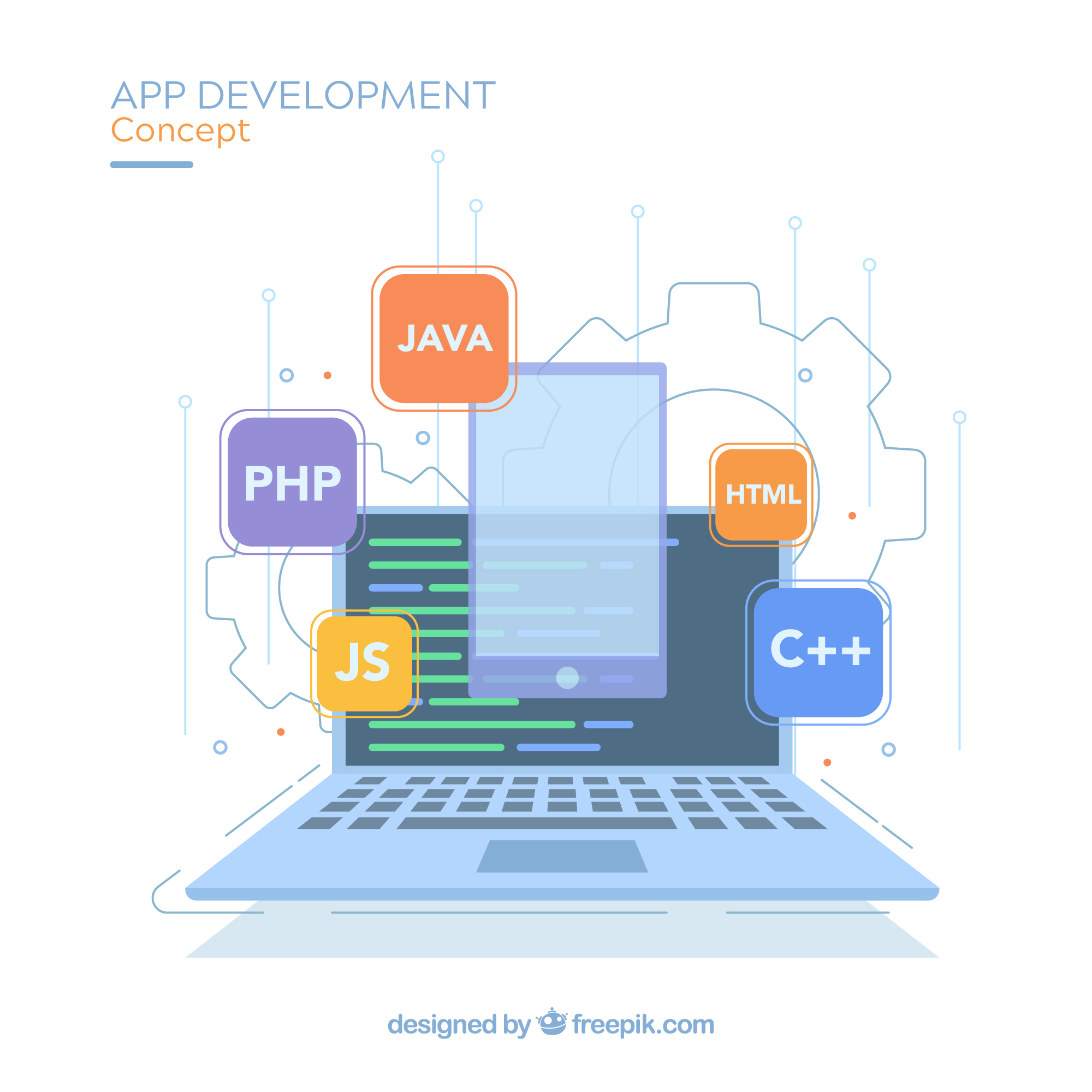Rapidly growing mobile and web applications development has led companies to find better and effective sources for faster and fewer resources. Developed by Google, AngularJs is an open-source front-end full-featured JavaScript framework, which addresses many of the challenges confronted in developing single-page applications. Also known as “Super-heroic JavaScript MVW Framework” Angular framework enables developers to create more accessible and single-page applications easily. Its seamless development process makes it evident for AngularJS Development Company to opt this framework for rich front-end development.
Difference Between Angular 9 & Angular 10
Both Angular 9 and Angular 10 frameworks are excellent options for application development with high standard code reliability. However, let’s understand the advantages and a few fundamental differences between Angular 9 and Angular 10 and why companies prefer these frameworks over others.
So, What is Angular 9?
Angular 9 is the Angular framework version for building mobile and web apps with JavaScript, more precisely called TypeScript by Microsoft. It was launched in February as a revolutionary approach for mobile app development by AngularJS Development Company.
About the Angular 10
Just four months after the release of Angular 9, Angular 10 was launched as an incredible turnaround for AngularJS experts. It includes the updates for Angular Material (UI component library for Angular) and the CLI (command-line interface)as well.
History of Angular 9
- Released in Feb 2020 by Google
- Angular 2, 2.0 version was launched in September 2016
- 4.0 version was launched in March 2017
- 5.0 Version was launched in Nov 2017

History of Angular 10
- Released on 24th June 2010
- Typescript 3.9
- TSLIB 2.0 & TSLINT V6
Angular 9
Angular 9 was launched with new features most importantly, the Ivy compiler which provides a massive boost in performance.
About Angular 10
Angular 10 is the latest version of the google-developed, typescript based framework. Before releasing this version has gone through a lot of depreciation and upgrades, that focused on the ecosystem and quality tools rather than introducing new features.
In a nutshell, these are the different features of Angular 9 and Angular 10:
IVY as a Default Compiler for Angular 9
The default IVY default compiler enhances the performance and reduces the bundle size by 25-40 per cent. It decreases the file size, which helps developers to create user-friendly applications. The library can be AOT-compiled in Angular 9. The team Angular are enabled with a View engine-to-IVy immigration plans, which supports writing JIT-compiled View Engine-compatible libraries for Angular version 9. IVY checks all the bindings inside the application and reports for any issue if it finds any. It enables several techniques to assemble the codebases and methods to troubleshoot its applications. Angular 9 keeps up its performance with the vast majority of the flaws.
Compiler update of Angular 10
For covering the actual NGTSC compiler, Angular 10 has come up with the compiler interface, as an addition to the metadata, generating the precise cost amount in an Expression Binding of a micro syntax expression.
Angular 9-The locality principle
Angular needs information about all its declarable dependencies, to compile a component in the view engine. This means that Angular libraries can be compiled with AOT using View Engine, but it’s not recommended. Except for the package name, Angular only needs information about the component for compiling in IVY as it does not require any metadata to compile any element of any declarable dependencies.

Language Service in Angular 10 – Abstract syntax tree (AST)
AST is an acronym for an abstract syntax tree and has generated from statements and expressions in a programming language. It helps the compiler to evaluate an instruction or generate machine codes with ease. It is also a modified and explained version of the HTML AST, with following features:
- Convert Template syntax shortcuts into their canonical versions.
- Collects references variables (let- attributes) and (# attribute)
- Built-in support for AJAX, HTTP, and Observables
- Performance Improvements
As Angular 10 has reduced the size of the entry-points and the caching of the dependencies and the computation of basePaths, it helps in improving its performance.
API Extractor Updates for Angular 9
On AngularJS development 9, the API landscape enables locating the missing updates for different services and libraries to impart without any problem.
Updated to Typescript 3.7 version
The TypeScript 3.7 was released in Nov 2019, as a significant achievement for Angular 9. It helps in Angular 9 enhancement and allows it to work with features such as optional chaining and Nullish coalescing of the Typescript 3.7.
Typescript 3.9, TSLib 2.9 & TSLint v6
TypeScripts versions are the main highlights while compiling the Angular 9 and Angular 10. Where Angular 9 uses the typescript 3.7, Angular 10 has upgraded to Typescript 3.9. It has also upgraded Angular 10 to work with TSLib 2.9 & TSLint v6.

Key Features of Angular
- Better debugging
- Faster testing
- Improved Internationalisation
- Improved build errors
- Educated CSS class and style binding
- TypeScript Diagnostics Format supportive
- New debugging API in development mode
- Latest TypeScript versions
- Stable Bazel release as an opt-in option
- Improved component and directive class inheritance
Final words
Here, we have seen the upgrade and deprecation for both frameworks. However, both Angular 9 and Angular 10 are most potent as any other javascript-based framework in the world used by AngularJS Development Company.

